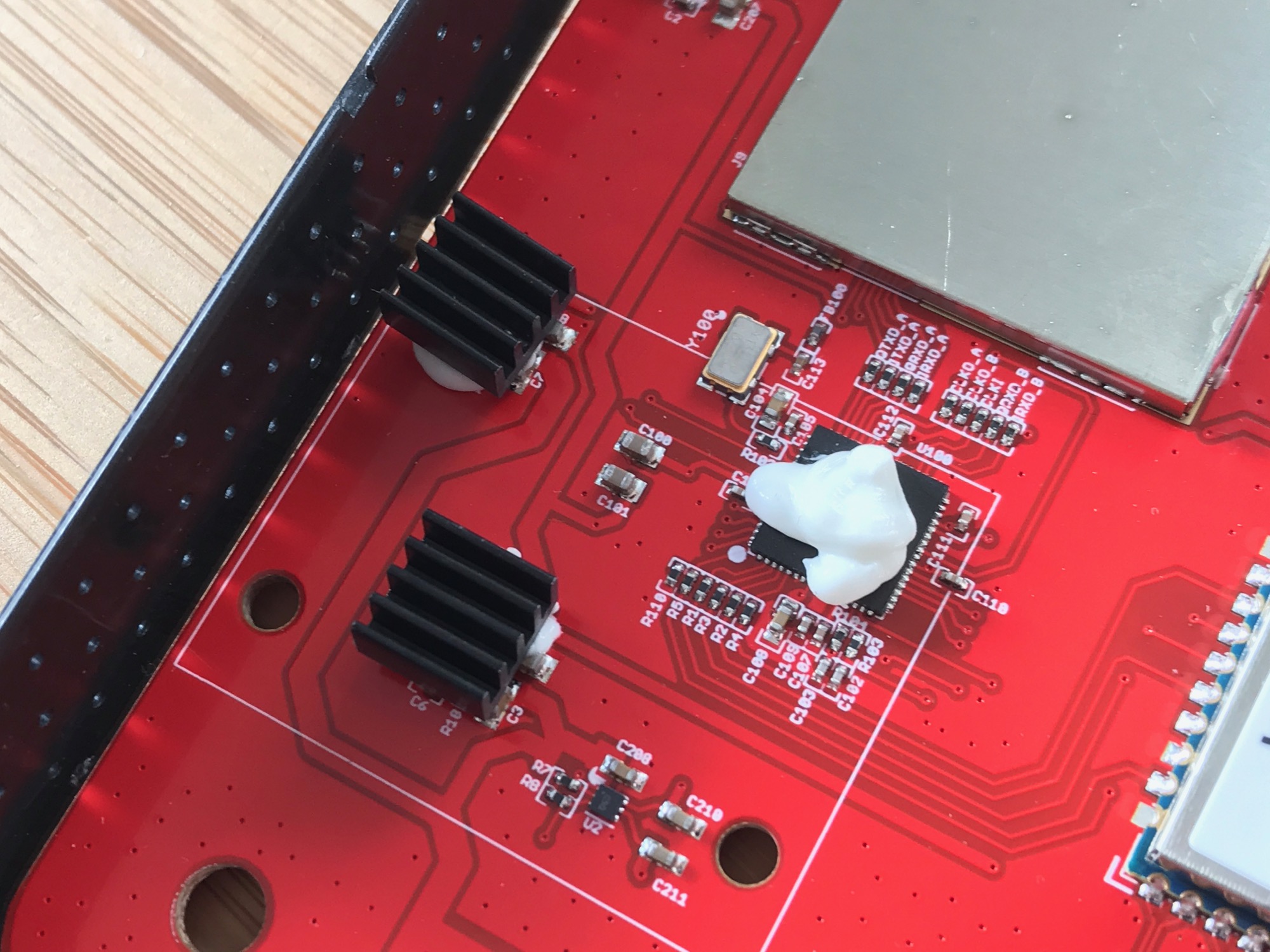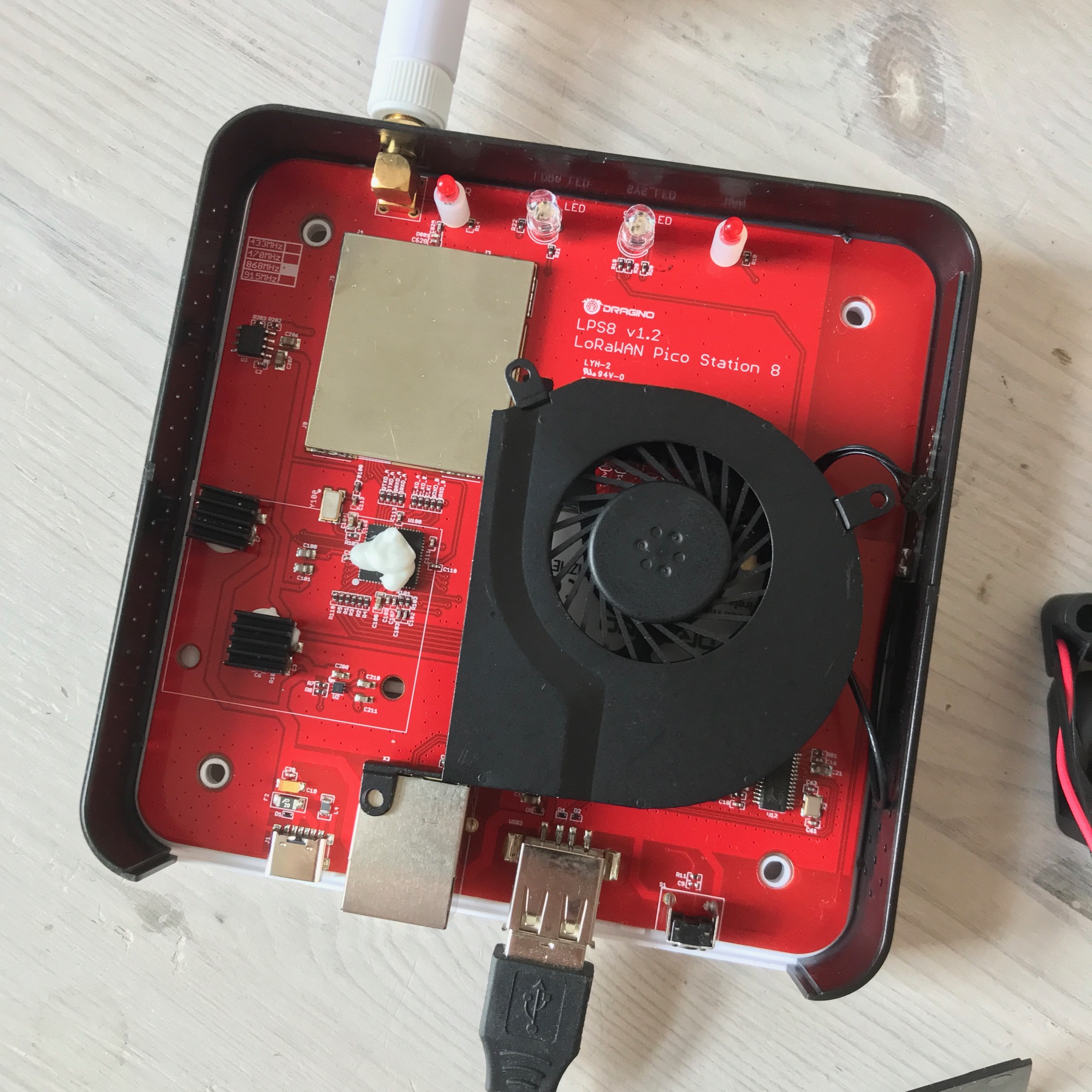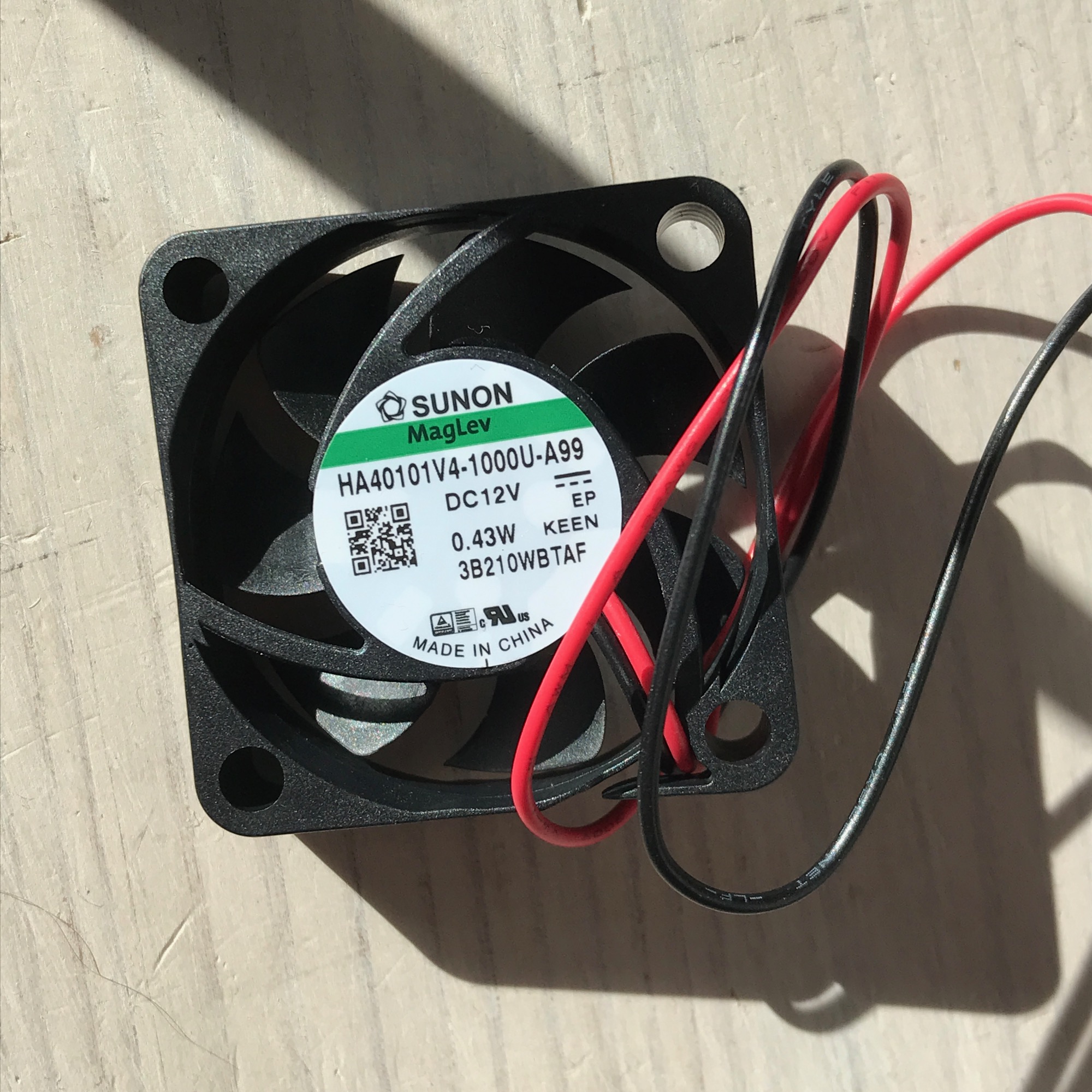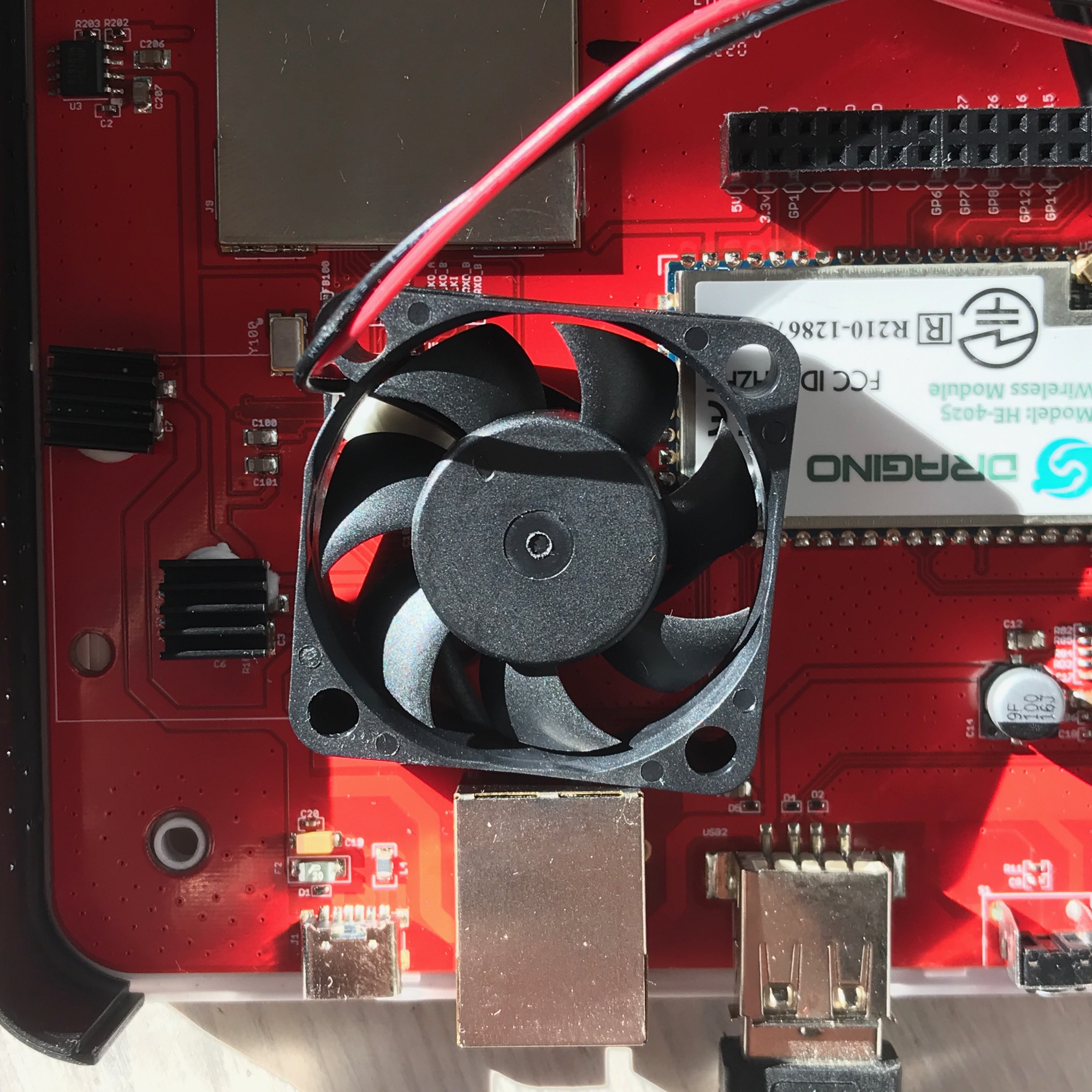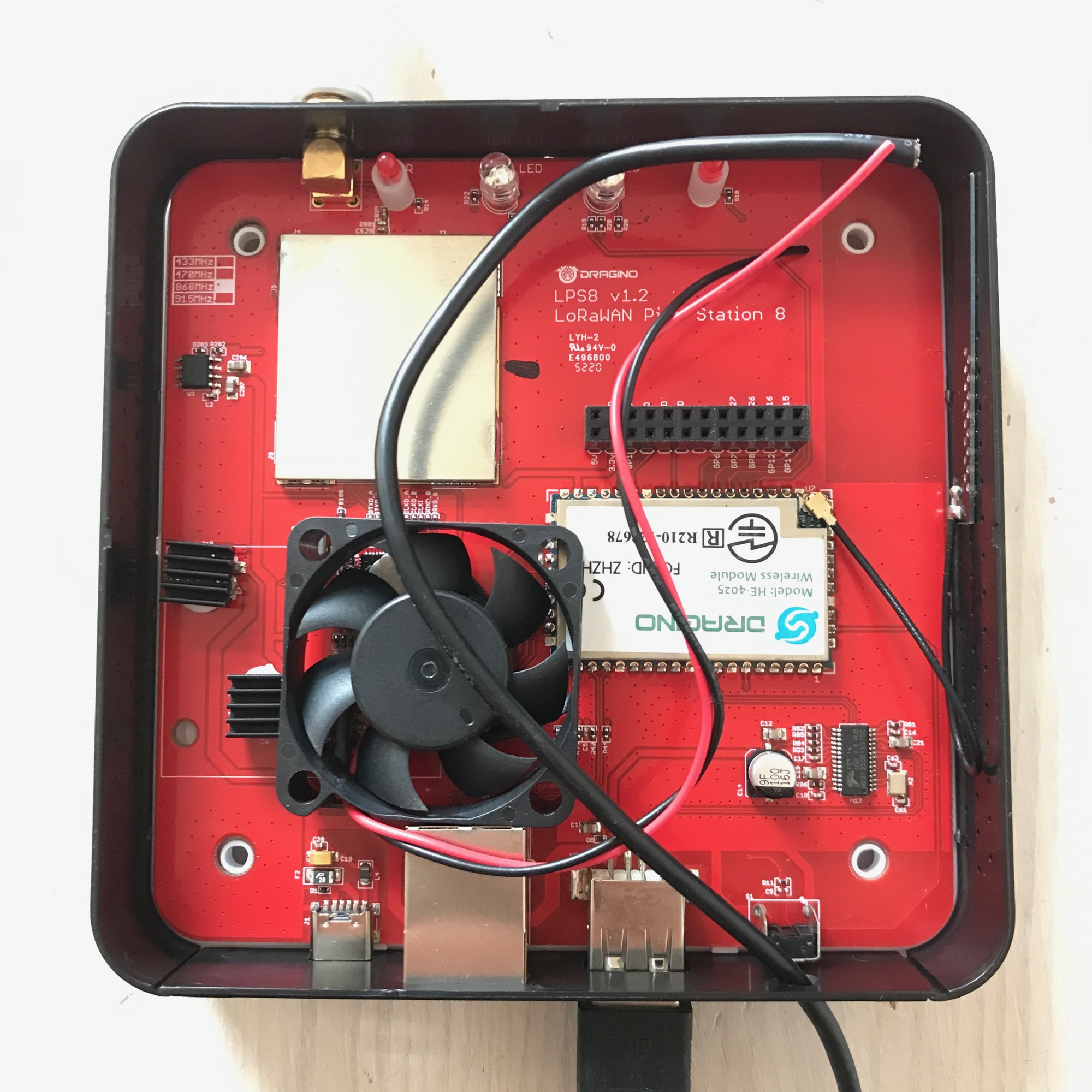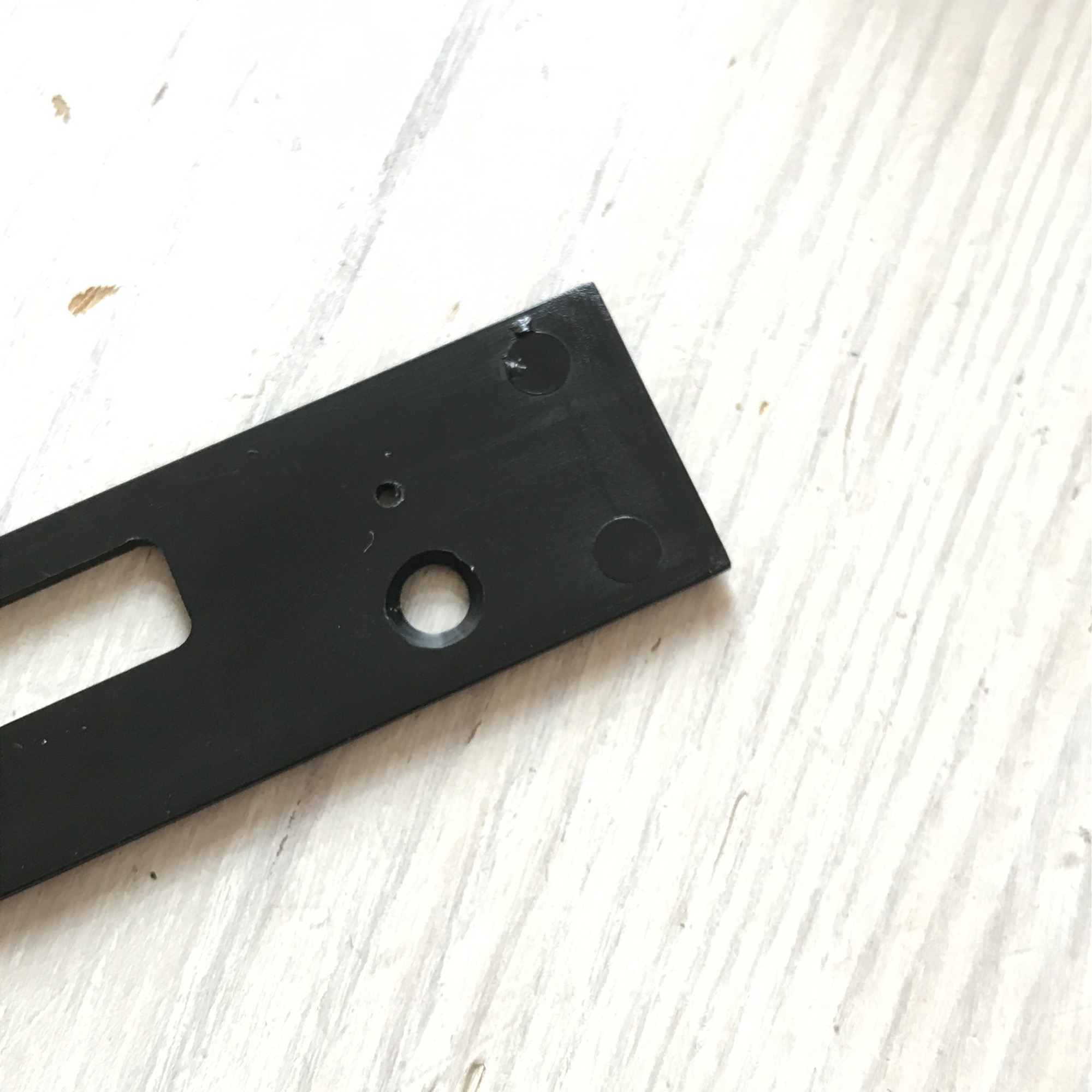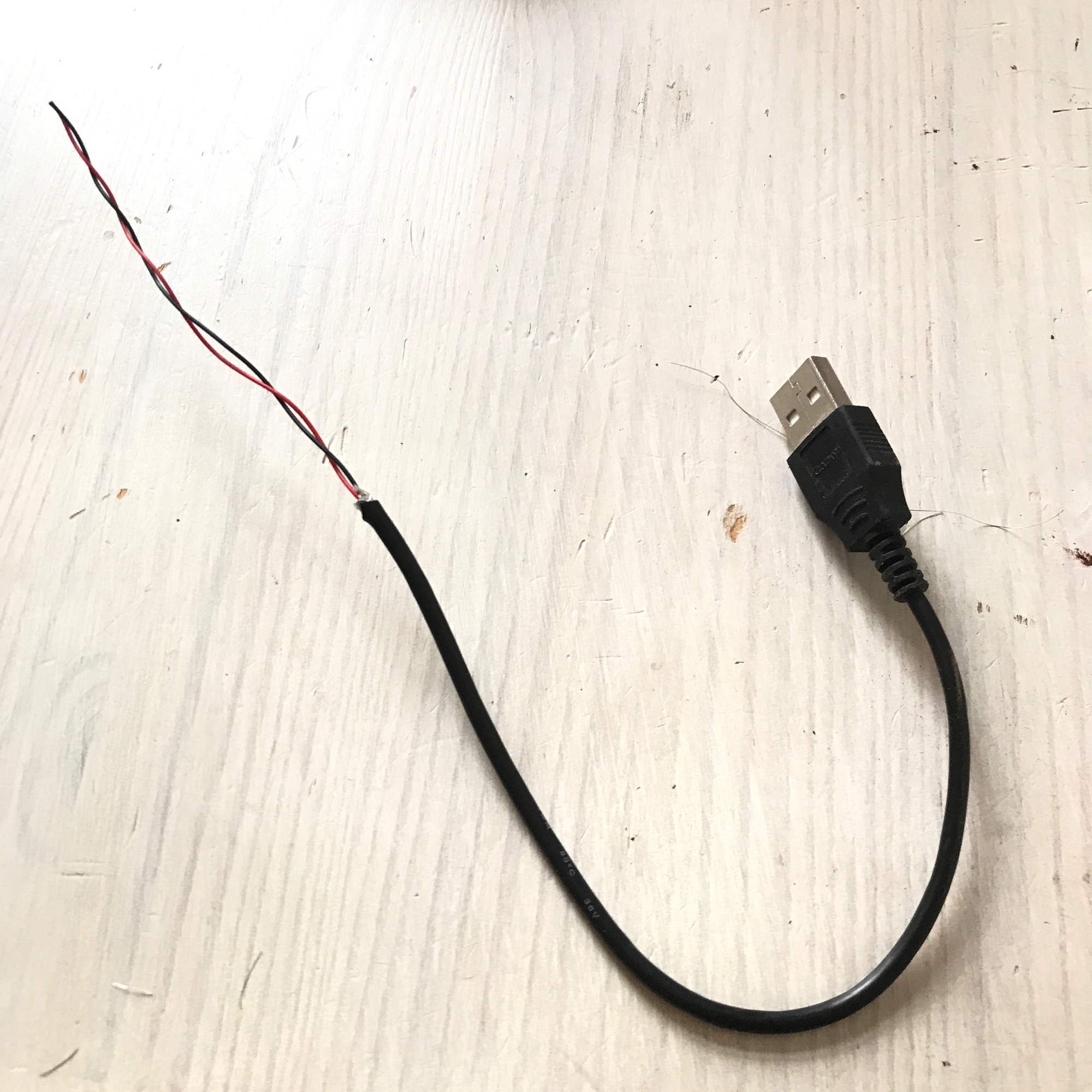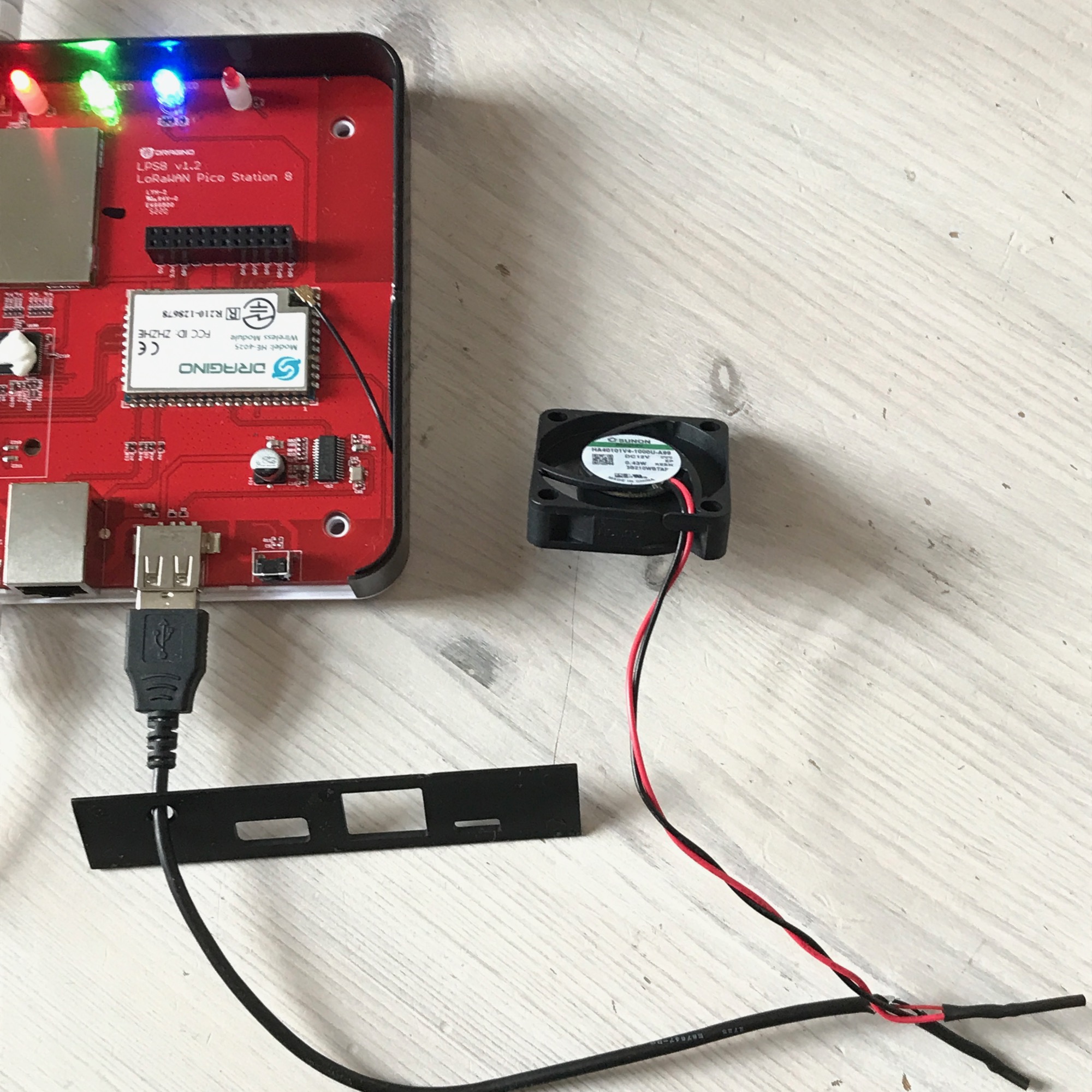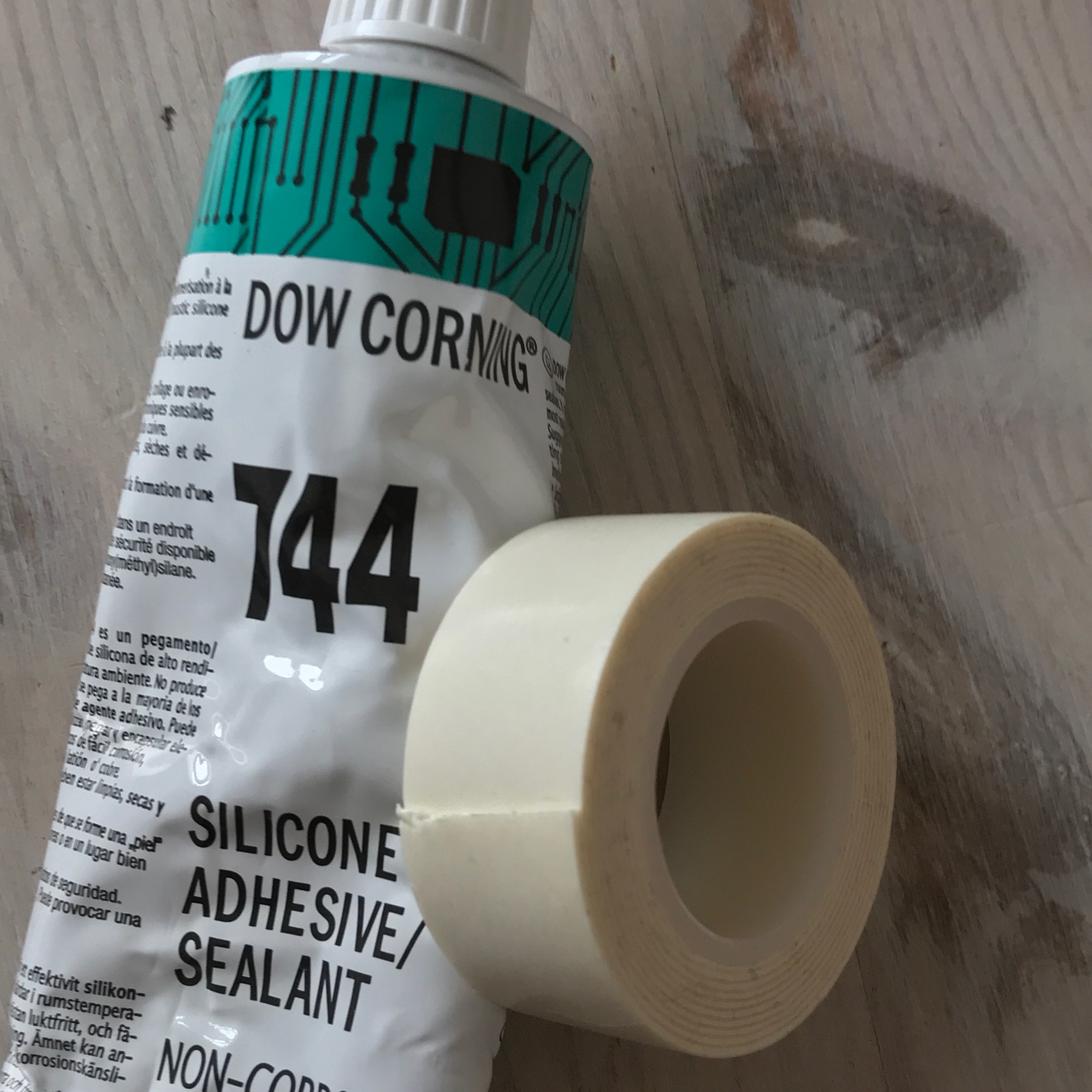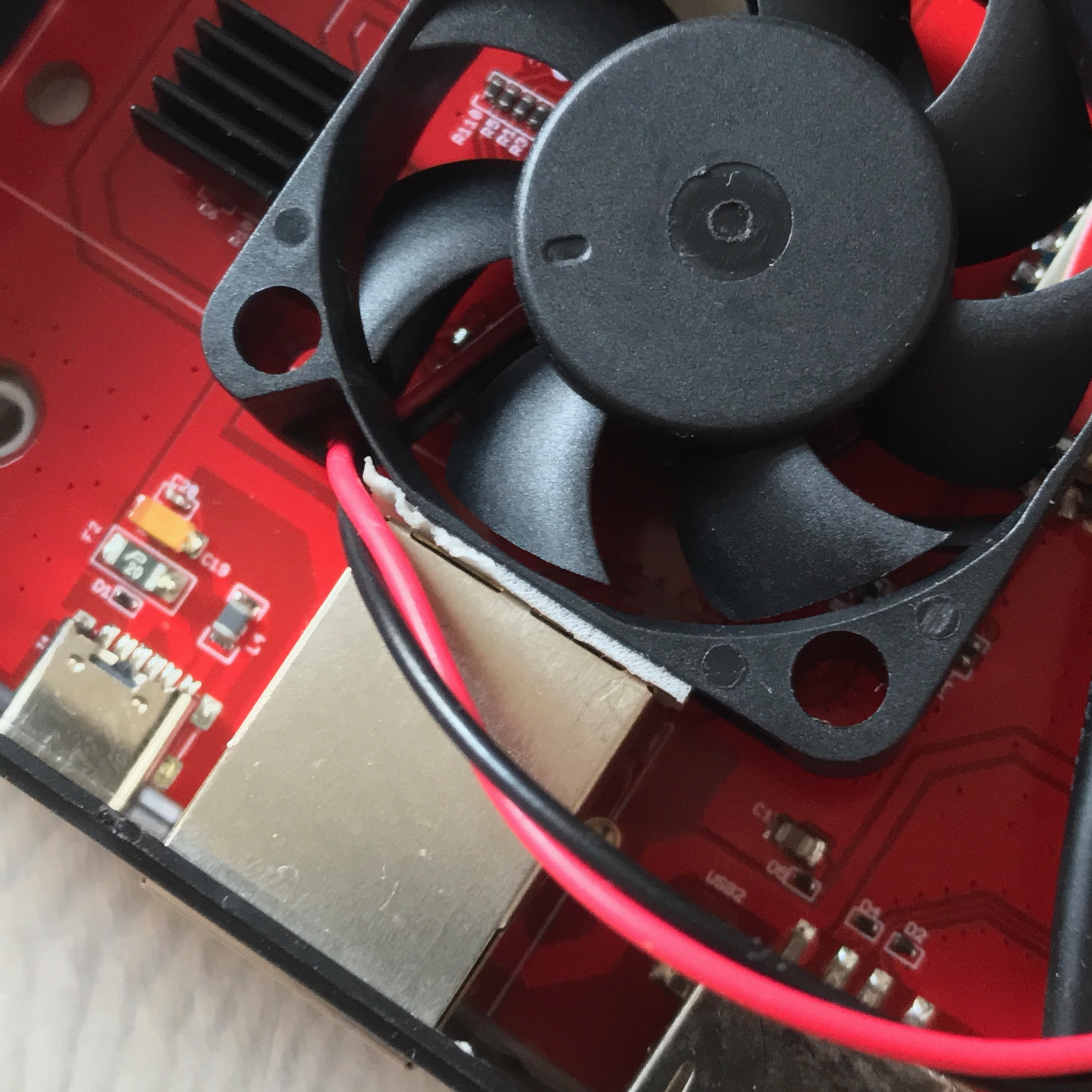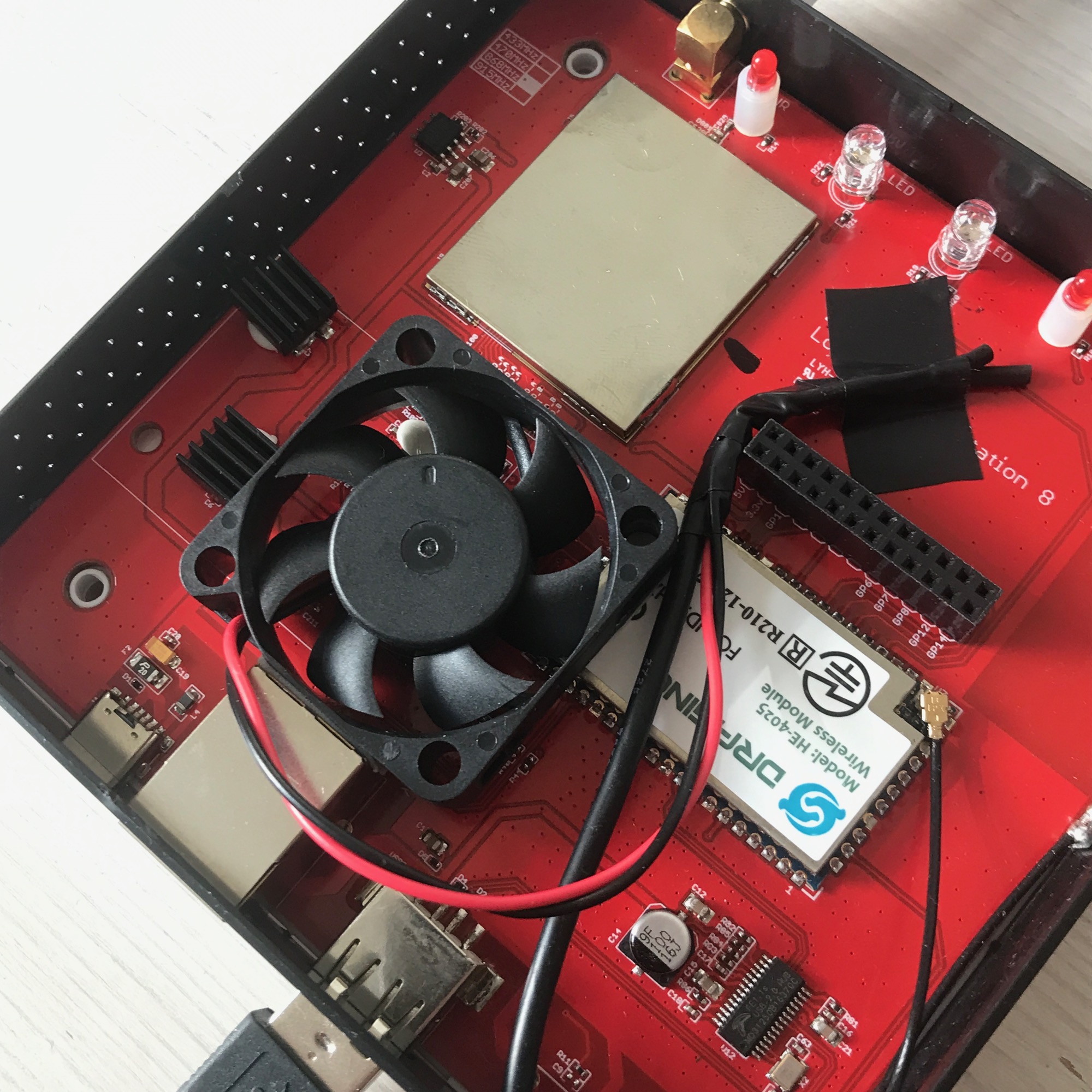Dragino LPS8 Fan Mod
As usual, out of curiosity, we had a look inside our Dragino LPS8. Lo and behold: the heat sink was simply forgotten on a chip. Only the hard thermal adhesive could be seen there alone. Since the voltage converter also gets very hot and the device is supposed to end up under the roof, where it always gets very warm in summer, the simplest solution was simply to install a fan than to somehow remove the extremely hard adhesive and possibly damage something in the process.
However, the fan should be inaudible, so the choice fell on the Sunon fan shown, which is designed for 12 volts but is only operated with 5 volts via USB. Since according to the data sheet it already starts at 4.5 volts, no problem. If you want to use a different model, pay attention to it. In our experience, the Sunon models are the most flexible. We initially looked for a radial fan, but couldn't find a suitable one that didn't make so much noise.
Furthermore, we ensure the power supply via USB. There are a few pins for 3.3 volts and 5 volts inside, but we couldn't find out how much current they can handle. With the Raspberry it is around 50 mA, the fan could draw more. Since we didn't want to grill the board, we decided to go with USB, which delivers up to several hundred milliamps.
The procedure is simple: you look for a suitable place for the fan:
Then you cut an old USB cable and check the length. Just cut the cables of the fan to a suitable length.
Next, drill a hole in the panel for the cable. Remember to pull the cable through before soldering it together!
Then leave only red (plus) and black (minus) on the USB cable. You solder this to the appropriate cable ends of the fan. So don't forget the shrink tubing.
Then test:
Then glue in. If you have, you can use silicone adhesive, such as Dow Corning 744. Ours, however, had expired. Yes, silicone adhesives have an expiration date, after which they will no longer harden. So be careful!
We therefore used double-sided tape (this one here for example), which is designed for significantly higher weights than a fan. So it should last forever. We then glued the fan onto the metal ethernet port below and then the right corner onto the WLAN module.
Done!
The fan runs silently and ensures a very slight air movement. So it really only works against heat build-up. If you want more cooling performance, take a 5 volt fan for full power or a 12 volt model that has more revolutions, so that even when throttled, there is a little more wind than with the model shown. However, it is sufficient for us: the missing heat sink is compensated and the voltage converter is cooled to such an extent that it is still hot but you do not immediately burn your hand . That should give you enough wiggle room for the summer.
